Sustainability Trends
Sustainability trends are increasingly influencing consumer choices within the Europe Home Appliances Market. As environmental awareness grows, consumers are more inclined to purchase energy-efficient and eco-friendly appliances. This shift is reflected in the rising demand for products that comply with stringent European Union regulations on energy consumption and waste management. For instance, appliances with high energy efficiency ratings are becoming more popular, as they not only reduce electricity bills but also contribute to a lower carbon footprint. Market data suggests that the sales of energy-efficient appliances have seen a steady increase, with a projected growth rate of 5% annually. This trend indicates that sustainability is not merely a passing phase but a fundamental aspect of consumer decision-making in the home appliances sector.
Increasing Urbanization
The trend of increasing urbanization in Europe appears to be a significant driver for the Europe Home Appliances Market. As more individuals and families move to urban areas, the demand for home appliances that cater to smaller living spaces is likely to rise. This urban migration often leads to a preference for compact and multifunctional appliances, which can efficiently utilize limited space. According to recent data, urban areas in Europe are projected to house over 75% of the population by 2030, thereby intensifying the need for innovative home solutions. Consequently, manufacturers are focusing on developing appliances that not only save space but also enhance the overall living experience, indicating a shift in consumer preferences that could shape the market landscape.
Rising Disposable Incomes
Rising disposable incomes across Europe are contributing to the growth of the Europe Home Appliances Market. As consumers experience an increase in their financial capacity, they are more likely to invest in high-quality and technologically advanced home appliances. This trend is particularly pronounced in emerging markets within Europe, where a burgeoning middle class is driving demand for premium products. Data shows that the average household expenditure on home appliances has risen by approximately 8% over the past year, indicating a willingness to spend on items that enhance comfort and efficiency. This increase in disposable income not only fuels demand for traditional appliances but also opens avenues for luxury and smart appliance segments, suggesting a diversification in consumer preferences.
Technological Advancements
Technological advancements are playing a pivotal role in shaping the Europe Home Appliances Market. The integration of smart technology into home appliances is transforming how consumers interact with their devices. Features such as remote control, voice activation, and connectivity with smart home systems are becoming increasingly prevalent. Data indicates that the smart appliance segment is expected to grow at a compound annual growth rate of 10% over the next five years. This growth is driven by consumer demand for convenience and efficiency, as well as the desire for enhanced functionality. Manufacturers are investing heavily in research and development to create innovative products that meet these evolving consumer expectations, suggesting that technology will continue to be a key differentiator in the competitive landscape.
Changing Consumer Lifestyles
Changing consumer lifestyles are significantly impacting the Europe Home Appliances Market. As work-life balance becomes a priority for many individuals, there is a growing demand for appliances that simplify daily tasks and enhance convenience. This trend is particularly evident in the increasing popularity of automated and smart appliances that can perform multiple functions. Market Research Future indicates that households are increasingly investing in appliances that save time and effort, such as robotic vacuum cleaners and smart ovens. This shift in consumer behavior suggests that convenience is becoming a critical factor in purchasing decisions, prompting manufacturers to innovate and adapt their product offerings to align with these lifestyle changes.



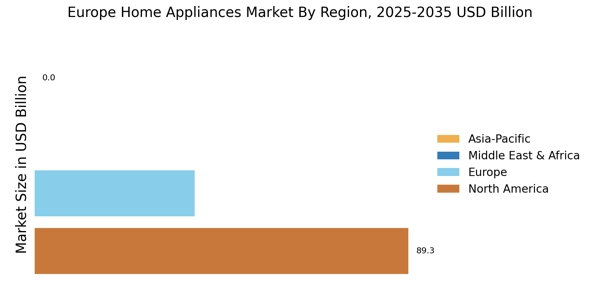
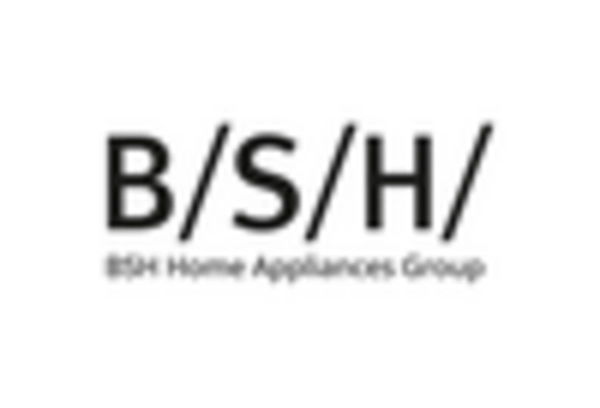
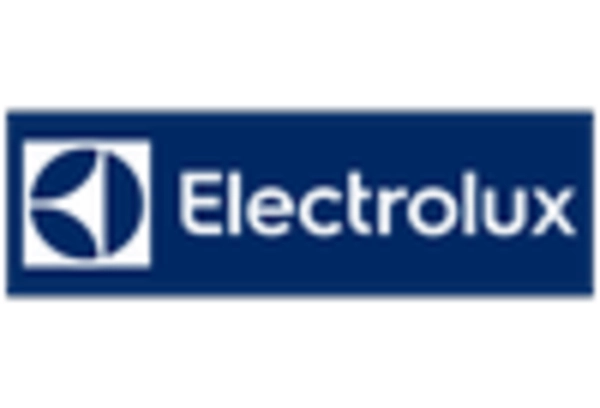

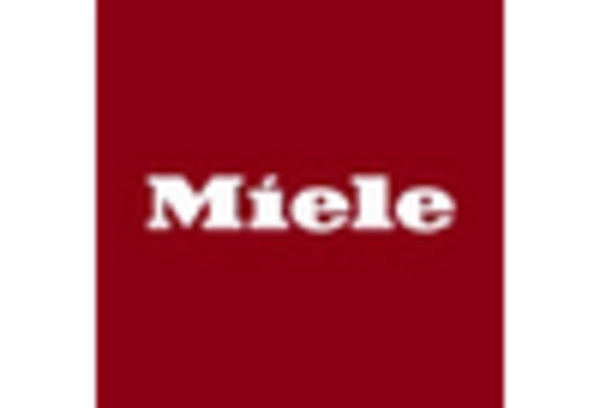
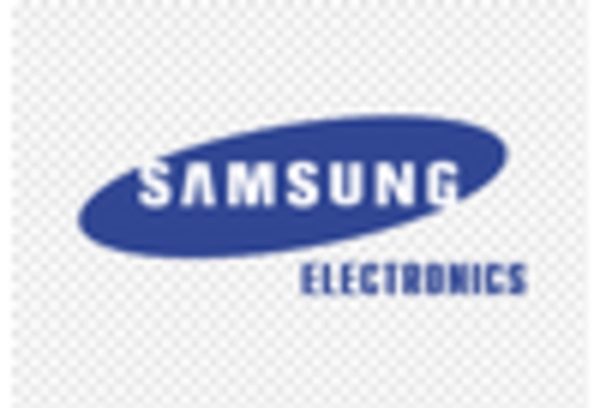
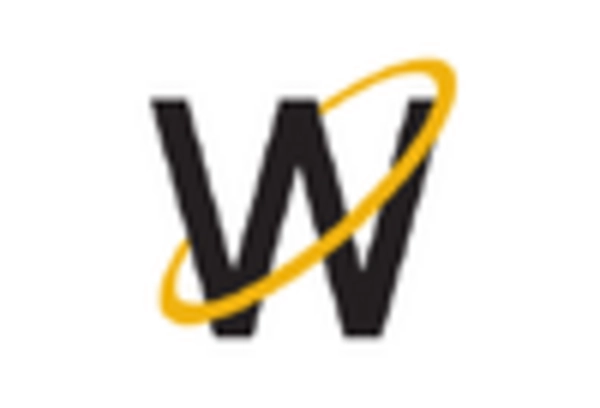








Leave a Comment